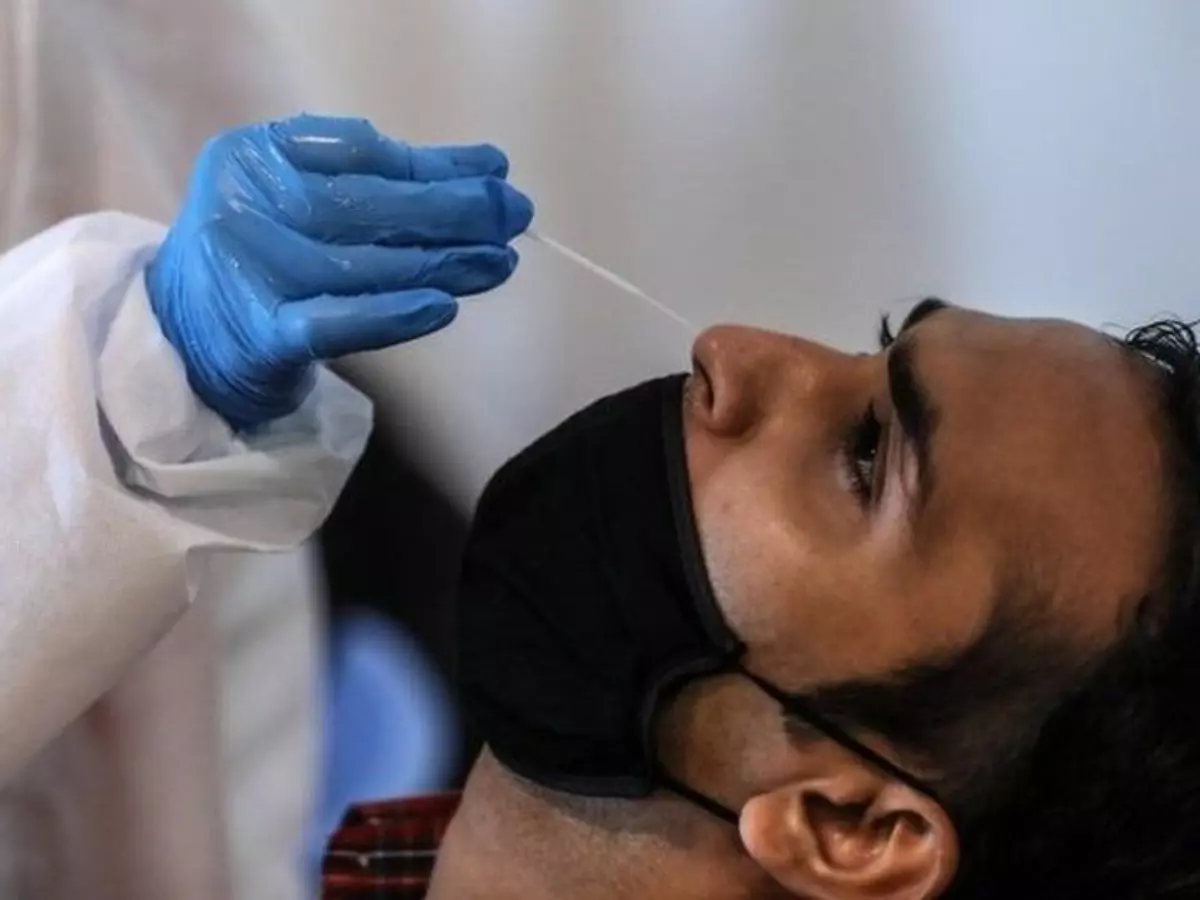Research Explains Why Some Patients May Test COVID-19 Positive After Recovery
Researchers from the Whitehead Institute for Biomedical Research and Massachusetts Institute of Technology MIT found that the SARS-CoV-2 RNA can be reverse-transcribed and integrated into the genome of the infected cell. These sections of the genome can then be read into RNAs which could potentially be picked up by a PCR test.

Healthcare workers analyzing test results have been baffled by something strange, where patients who had already recovered from COVID-19, would sometimes inexplicably test positive on an RT-PCR test weeks or even months later.
 Reuters
Reuters
These patients didn't catch COVID-19 disease for the second time, which has happened in other cases; no live viruses were isolated from their samples; and it was unlikely for positive tests to be the result of residual RNAs since they generally have a short life.
Researchers from the Whitehead Institute for Biomedical Research and Massachusetts Institute of Technology (MIT) found that the SARS-CoV-2 RNA can be reverse-transcribed and integrated into the genome of the infected cell. These sections of the genome can then be ¡°read¡± into RNAs, which could potentially be picked up by a PCR test.
 Representational Image
Representational Image
¡°SARS-CoV-2 is not a retrovirus, which means it doesn't need reverse transcription for its replication,¡± says Whitehead Institute postdoc and first author Liguo Zhang said in a statement. ¡°However, non-retroviral RNA virus sequences have been detected in the genomes of many vertebrate species, including humans.¡±
With this in mind, the team infected human cells with the novel coronavirus in the lab and used three different approaches to detect genomic SARS-CoV-2 sequences integrated into the genome of infected cells.
 AFP
AFP
They did find fragments of viral genetic material, but the researchers emphasized that none of the inserted fragments was enough to recreate a live virus.
And while looking for clues to the mechanism by which they got there, the team found ¡°a very clear footprint¡± for LINE1 integration--a common section of DNA that can move from one region of the genome to another.
The study, published in the journal Proceedings of the National Academy of Sciences, also analyzed published datasets of RNA transcripts from different types of samples, including those of COVID-19 patients. They were able to calculate the fraction of genes that were transcribed in these patients' cells which contained viral sequences that could be derived from integrated viral copies.
 AFP
AFP
The percentage varied from sample to sample, but for some, a relatively large fraction of viral transcripts seem to have been transcribed from viral genetic material integrated into the genome.
It is possible that only a very few human cells experience any kind of viral integration at all. For SARS-CoV-2, the frequency of integration in humans is still unknown.
¡°The fraction of cells which have the integrating with could be very small,¡± says another researcher Rudolf Jaenisch, the professor of biology at MIT. ¡°But even if it's rare, there are more than 140 million people who have been infected already, right?¡±
